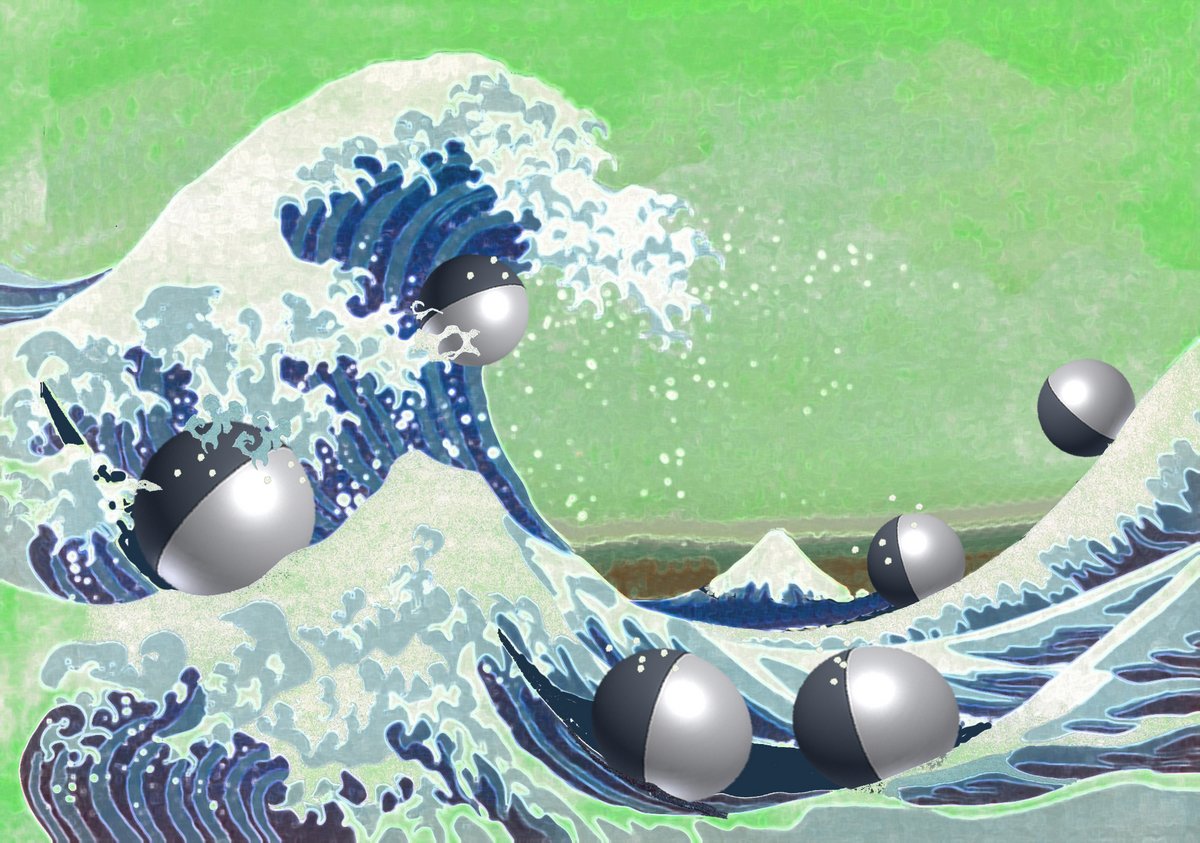
Diffusing Wave Paradox of Active Particles in Traveling Light Pulses
Nature Communications (2019)
Despite lacking a brain, living amoebae are amazingly effective organisms when navigating through complex environments, solving maze problems or even mimicking the layout of man-made transportation networks. The underlying mechanism for such targeted motion is the emission of traveling chemical waves from a few leader cells which then triggers a collective behavior within entire colonies. Since amoebae exhibit positive chemotactic behavior, one would expect them to follow the direction of the emitted traveling waves. Surprisingly, experiments show a motion counter to the traveling wave direction. This so-called diffusing wave paradox is central for their survival under nutrient deficiency conditions and has been the topic of a long-standing scientific debate. Only recently, it has been revealed that it results from the organism’s finite adaptation time (i.e. memory) to variations in the surrounding chemical concentration.
In our study, we investigate the response of positively phototactic active particles to a traveling light pulse, which exactly resembles the above situation but now in a synthetic system. Although APs have no memory and respond strictly local to environmental cues, we find that their motion can be counter (diffusing wave paradox) or along to the traveling direction of a light wave. We observe that their direction of motion can be adjusted by the speed and the shape of the traveling optical wave. Such dynamics, which is qualitatively different from the previously reported response of APs in e.g. topographical structures or static optical landscapes, is explained in terms of an active particle reorientation when interacting with a running light pulse.
In addition to single optical pulses, we measured the response of APs to a periodic train of running pulses. With increasing time interval T between consecutive pulses, the orientation of APs becomes increasingly randomized due to thermal noise, which leads to a strong dependence of the particle current vs. T. Since the rotational diffusion coefficient strongly depends on the particle diameter, the loss of orientational order between pulses becomes size-dependent which leads to a novel sorting mechanism.
